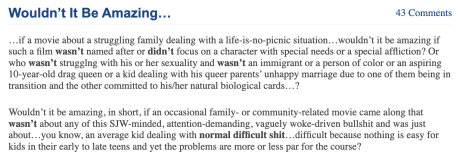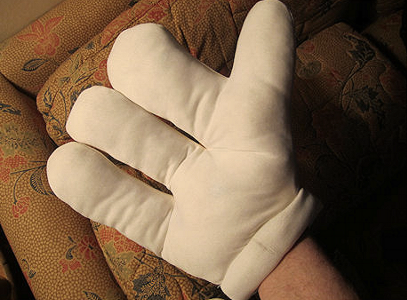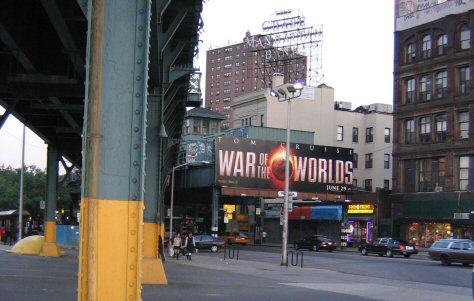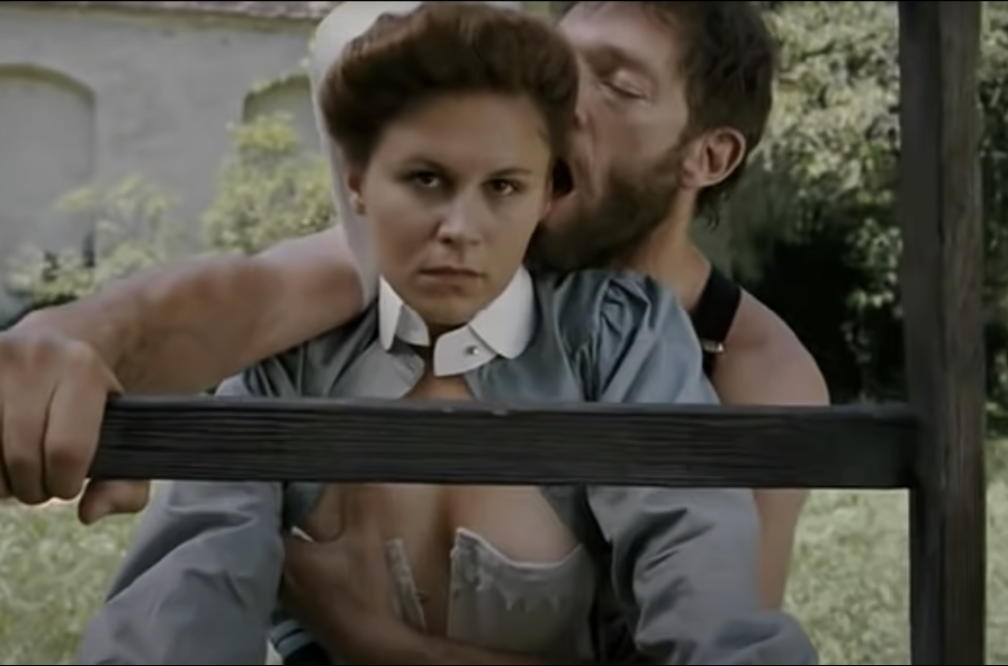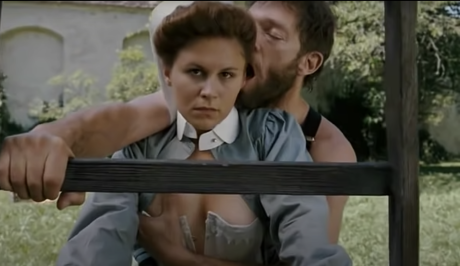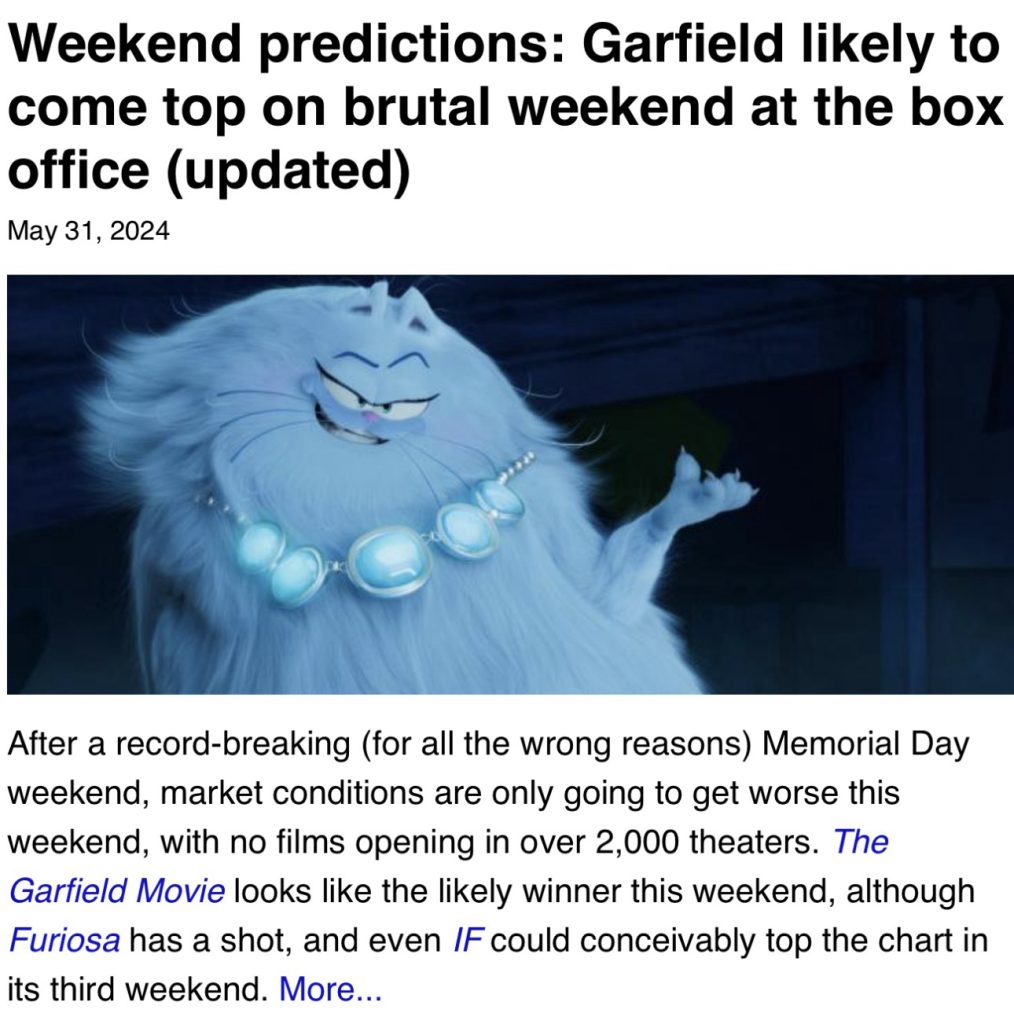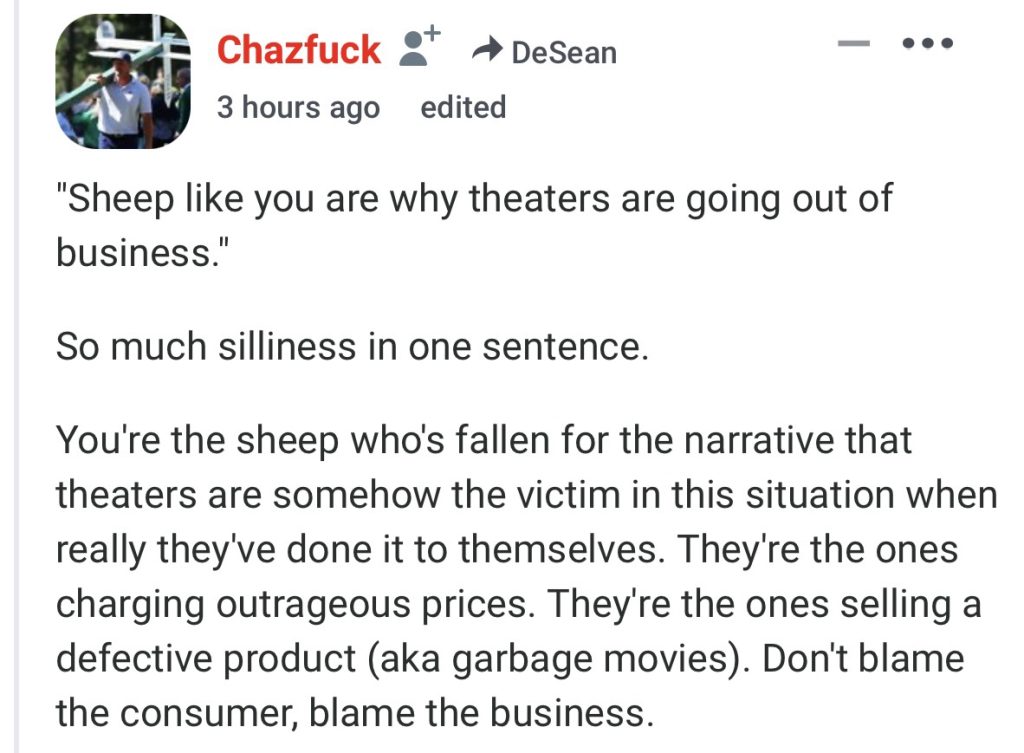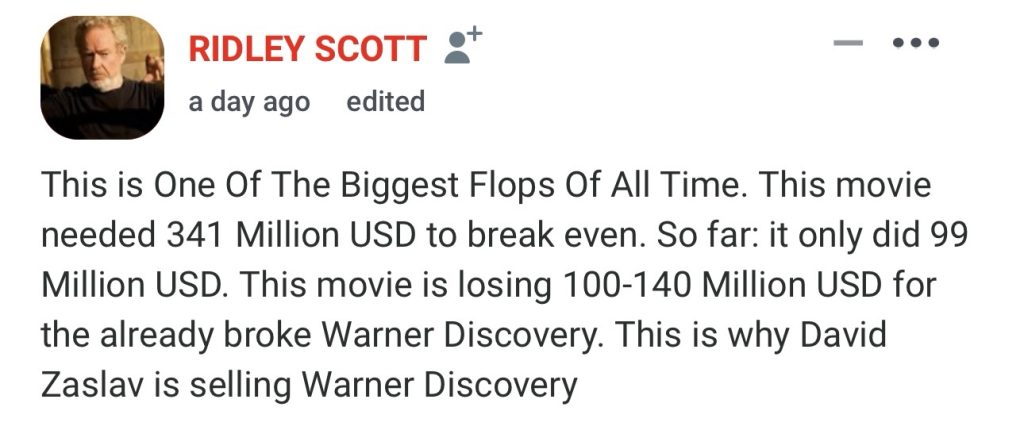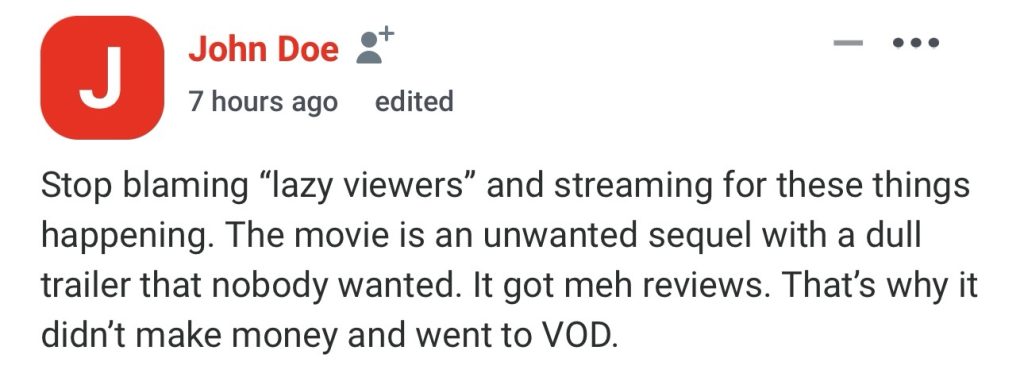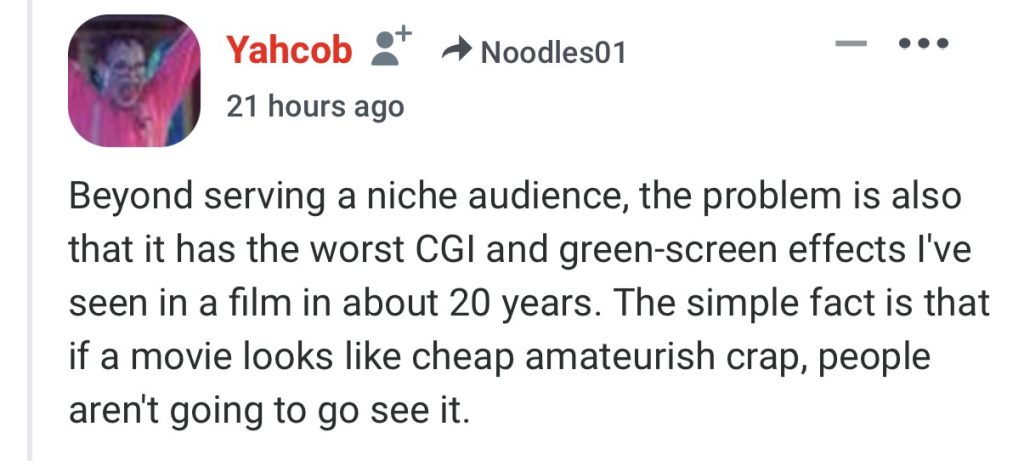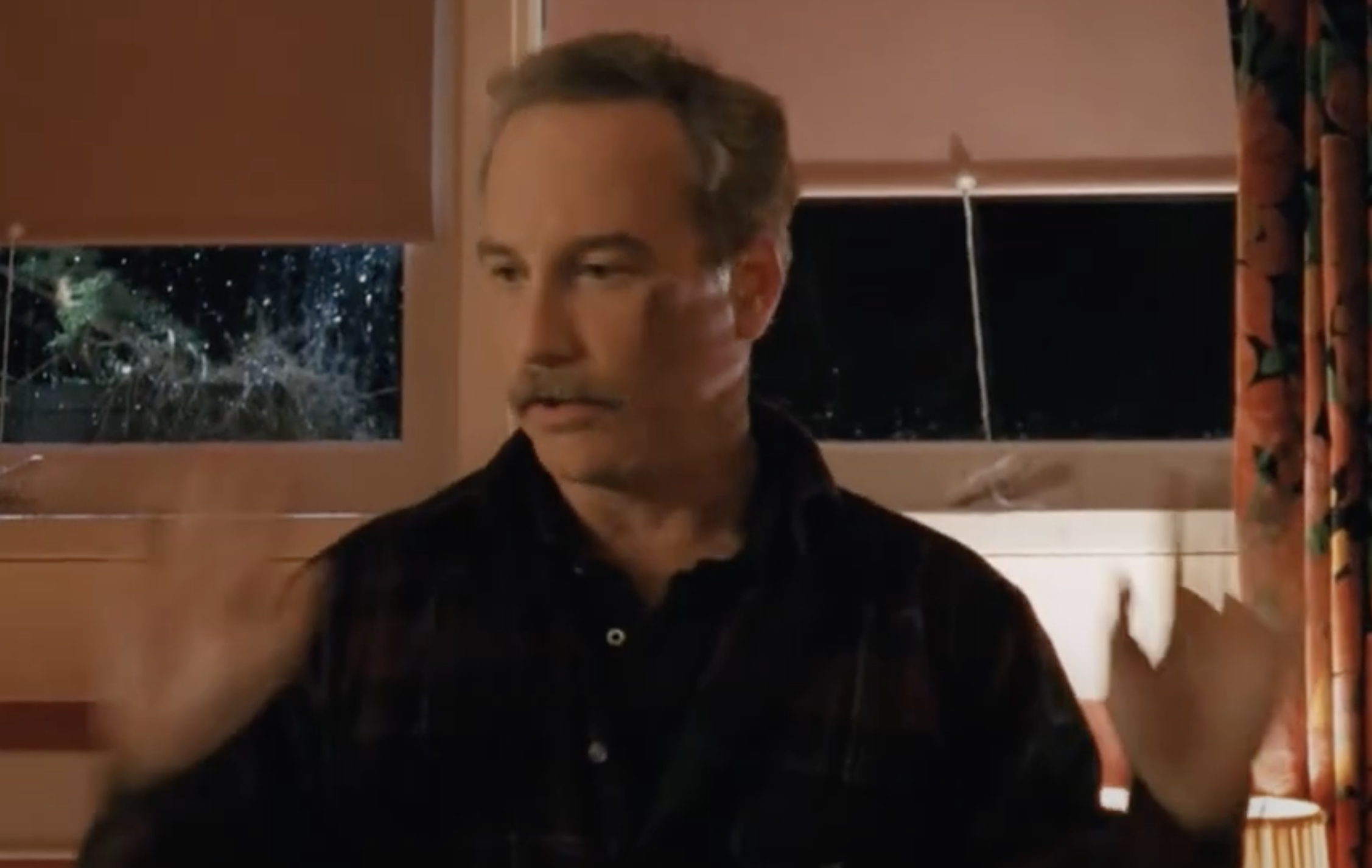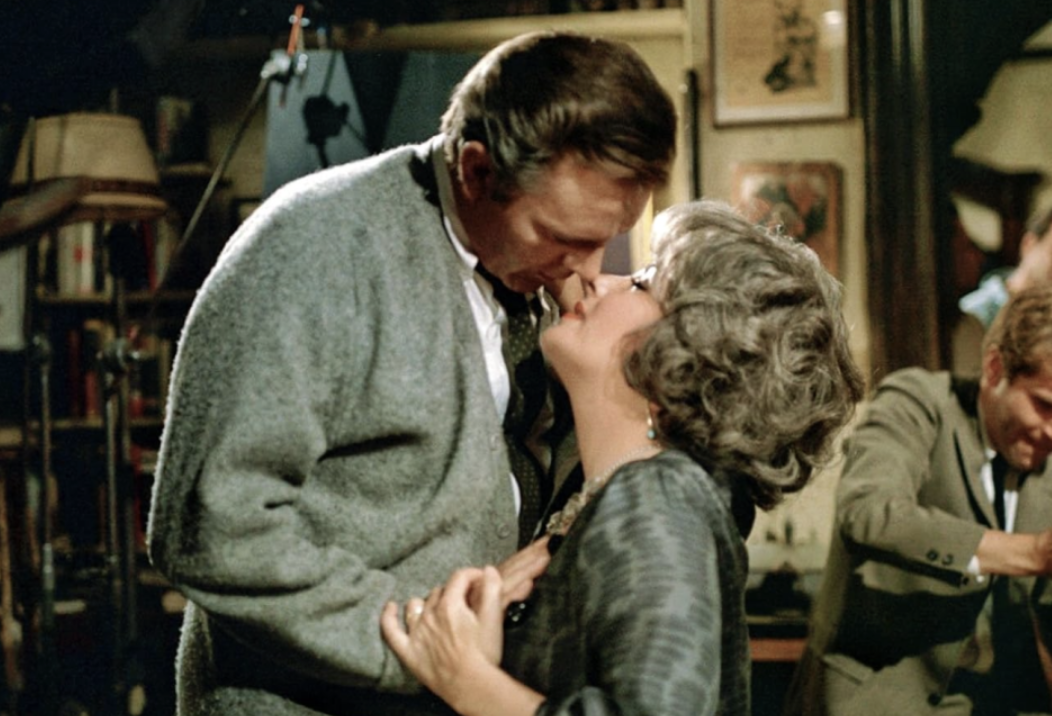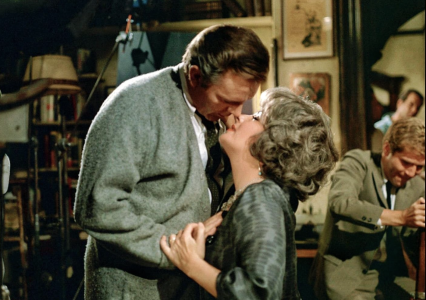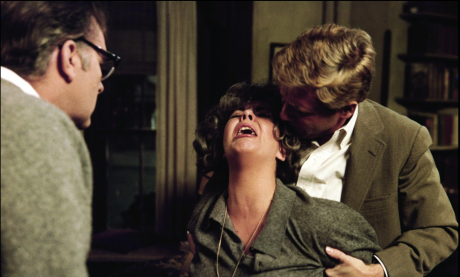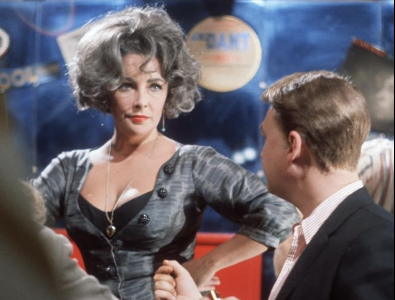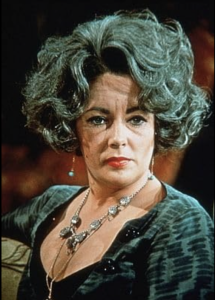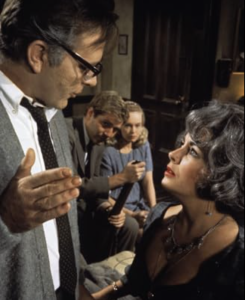Friendo: “Your ‘Wouldn’t It Be Amazing?‘ piece (Saturday, 6.1) was fucking great. Right on the money. And yet when you post this objectively true observation, the HE commentariat yawns and shits all over it.
“What most of them were saying, in essence, was that that films reflecting the experiences and yearnings of the vast majority of Americans are now passe. Old news. Stories that have been told enough. ‘Put a sock in it, white man!’
“Mutaman wrote that prior to 2010 ‘there were like a zillion movies like this and they all sucked.’ Right. The Graduate, Rushmore, Bottle Rocket, American Graffiti, Loving, I Love My Wife, Ordinary People, Risky Business, Falling Down, Blue Collar, Ghost World, Hardcore, Breaking Away, The Stepdad, Match Point, Parenthood, Juno, The Kids Are All Right, The Talented Mr. Ripley, Little Miss Sunshine, The Squid and the Whale, Heathers, Dead Poet’s Society, Up In The Air, Clueless, Dazed and Confused, A League of Their Own, Falling in Love, Kramer vs. Kramer, The Verdict, Slapshot, Manchester By The Sea, Boyhood, Thirteen, This Boy’s Life, Superbad, Napoleon Dynamite, Almost Famous, Rebel Without A Cause, The Man in the Gray Flannel Suit, No Down Payment, Hud, Fast Times at Ridgemont High, Field of Dreams…none woked-up, all sucked ass.
“And if you want to watch films that aren’t driven by SJW agendas, you’ll be covered by the Hallmark Channel or explicitly religious filmmakers.
“This is madness. I’m not kidding. Some of your commenters are out of their fucking minds.
“Unfortunately, woke lunatics (including the HE variety) are having an outsized influence on the wider culture.
“You can see it in movies, TV, theatre, journalism…it’s nuts. And seriously depressing.”
